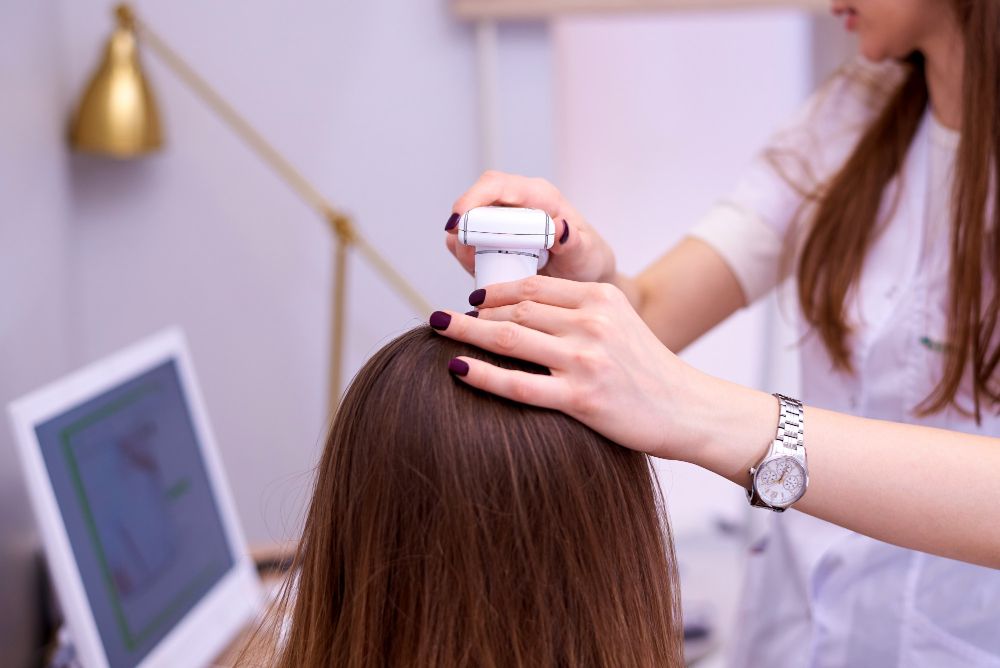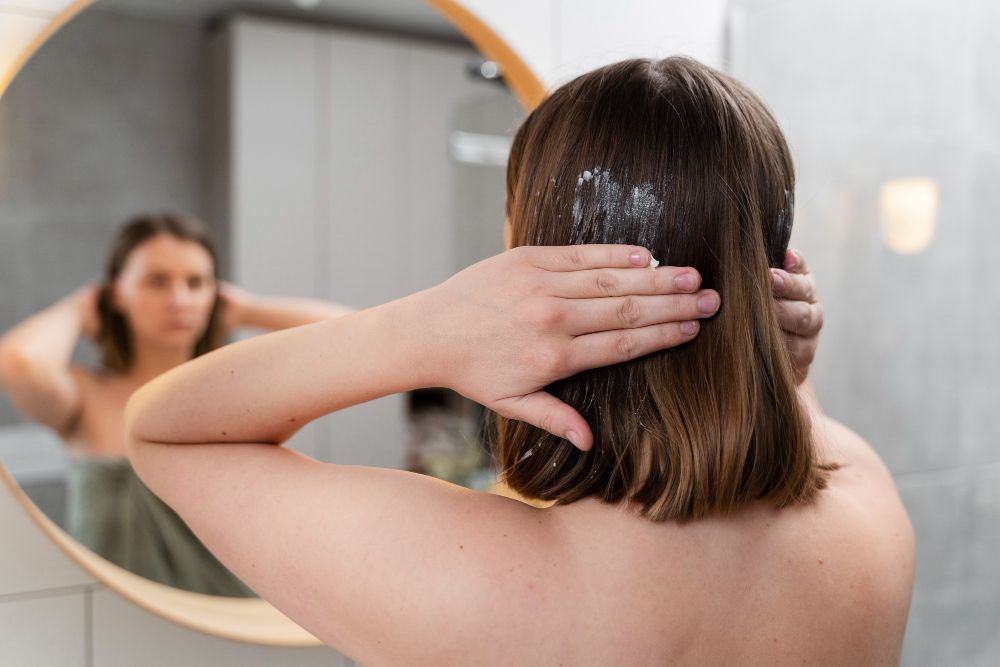- Home
- Trend
- Weight Loss Strategies
- Acne Tips
- Hair Health Information
- Blemish Removal Tips
- Acne Scar Removal Tips
- Muscle Building Techniques
- Intimate Care Tips
- Postpartum Intimate Care
- Eye Bags Wiki
- Tips for Face Slimming
- Secret of Permanent Hair Removal
- Breast Enlargement Tips
- Cure to Snoring
- Marionette Lines
- Skin-Tightening Secrets

免費體驗
F8 Hair Regrowth Treatment
1 Minute Self-Registration
Date should not be before minimal date
Have you ever noticed red, itchy bumps on your scalp and wondered if they could lead to hair loss? You’re not alone. Many people confuse scalp issues with acne, but the real culprit could be scalp folliculitis. Understanding this condition is crucial for keeping your hair and scalp healthy. Let's dive into what scalp folliculitis is, its causes, symptoms, and how you can treat and prevent it effectively.
1
What is Scalp Folliculitis?
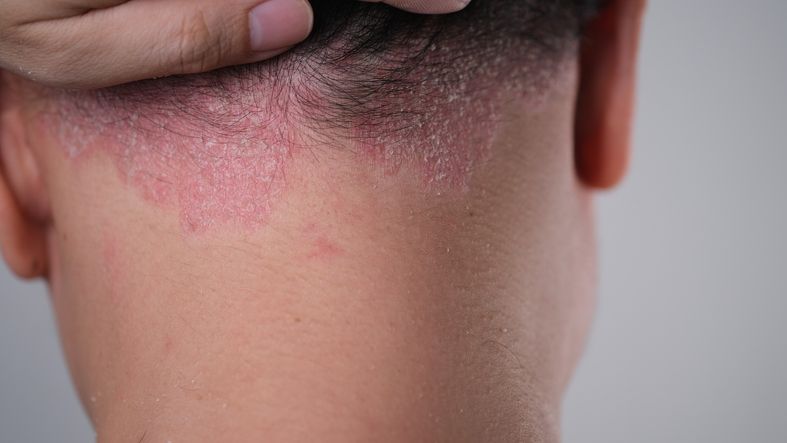
2
Causes of Scalp Folliculitis
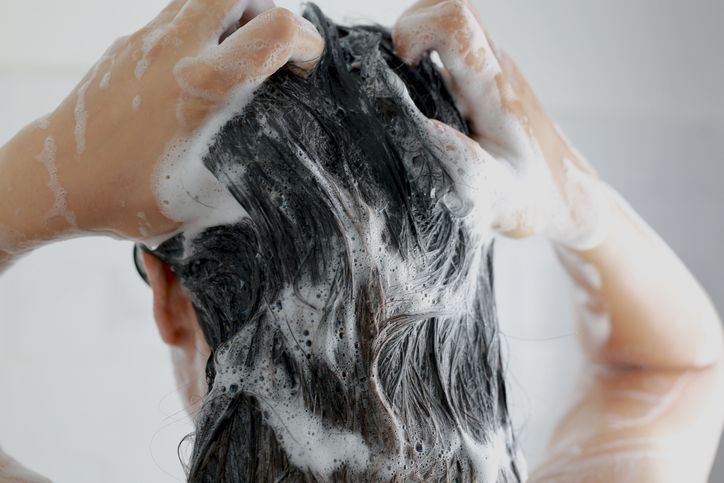
- Hong Kong Hair Revival Centers 2025: I Tested 3 Treatments—Here’s What You Need To Know
- Reclaiming Your Hair: Hair Growth Products for Every Growth Goal
- 8 Key Nutrients + 7 Anti-Hair Loss Foods + 3 Nourishing Recipes To Prevent Hair Loss!
- Want To Know How To Grow Hair Faster For Men? Take A Deep Look At This Cell
3
Symptoms of Scalp Folliculitis
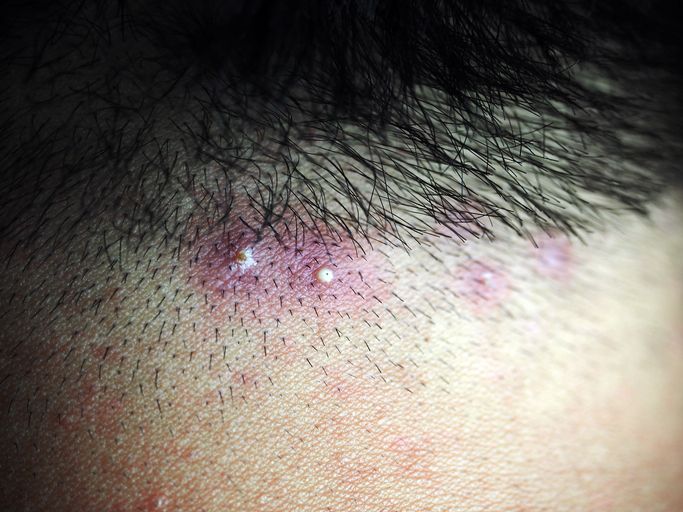
4
Common Causes of Folliculitis

Cause 1: Excessive Sebum Secretion
Cause 2: Long-term Use of Antibiotics
Cause 3: Low Immunity
Cause 4: Daily Habits

免費體驗
F8 Hair Regrowth Treatment
1 Minute Self-Registration
Date should not be before minimal date
5
Is Scalp Folliculitis the Same as Acne?
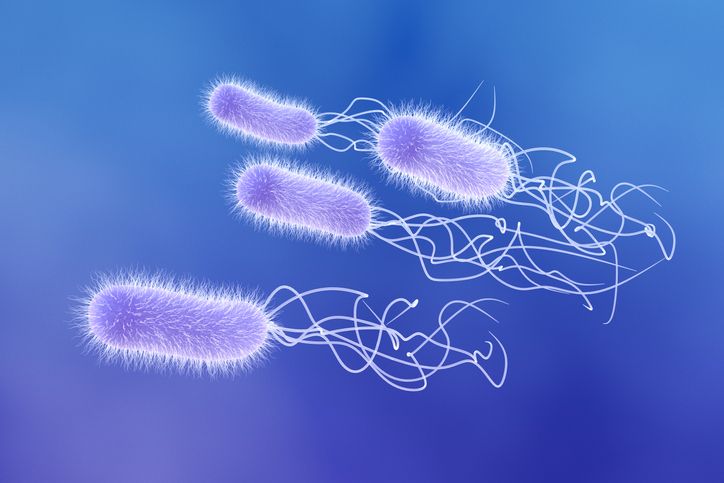
6
Types of Folliculitis
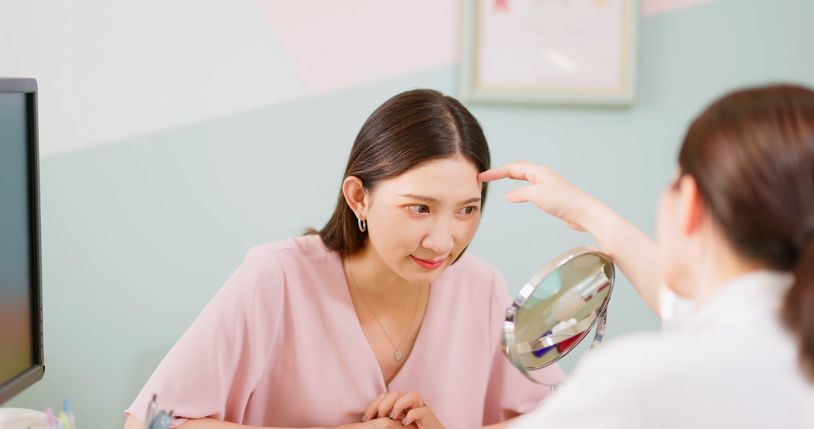
Type 1: Bacterial Folliculitis
Type 2: Fungal Folliculitis
Type 3: Pseudofolliculitis
- Can Plum Blossom Needling Treat Hair Loss? TCM Explains The Causes + 5 Suitable Body Areas for Treatment
- Want To Know How To Grow Hair Faster For Men? Take A Deep Look At This Cell
- Grey Hair = Premature Greying? 6 Major Causes of White Hair + 5 Prevention Tips + Diet Recommendations
- Hair Care: How To Choose The Right Conditioner? 3 At-Home Tips To Instantly Rescue Dry, Frizzy Hair!
7
Who is Prone to Folliculitis?

8
Can Scalp Folliculitis Lead to Hair Loss?
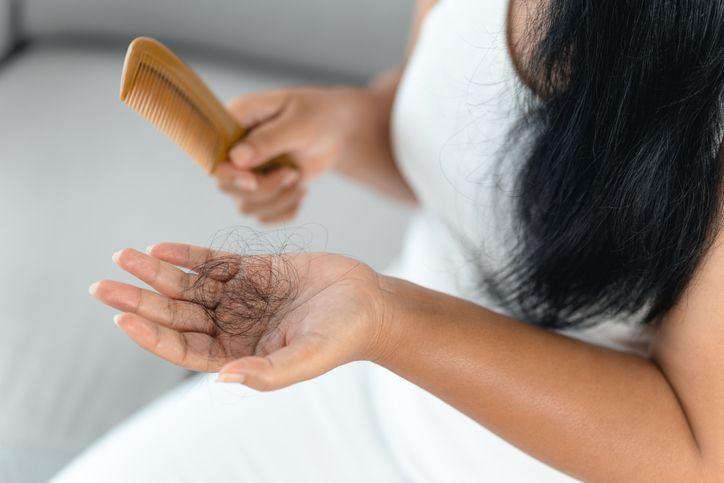

免費體驗
F8 Hair Regrowth Treatment
1 Minute Self-Registration
Date should not be before minimal date
9
F8 Hair Regrowth Treatment: Combat Hair Loss and Enhance Scalp Health Non-Invasively!

10
Misconceptions in Treating Folliculitis
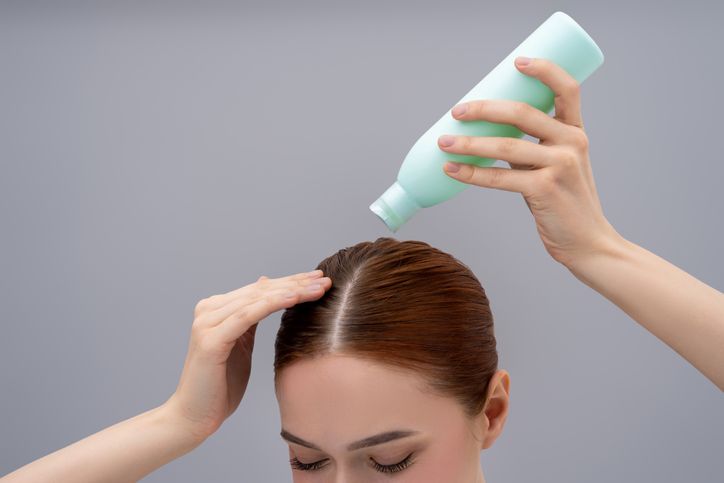
11
Home Remedies for Folliculitis
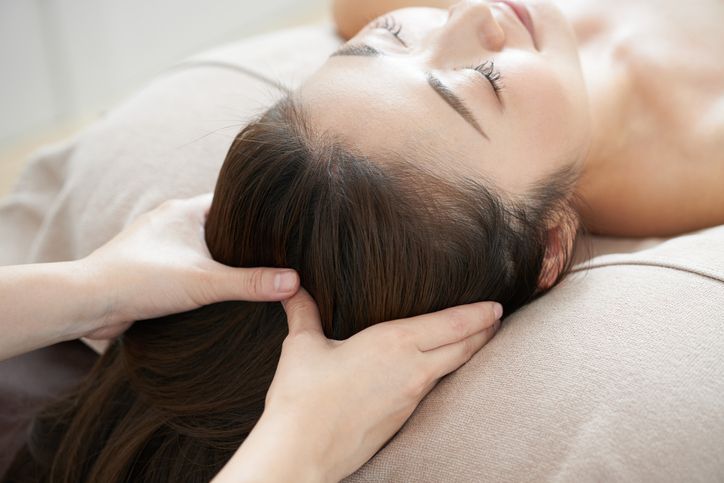
12
How to Prevent Folliculitis?

Prevention 1: Light Diet
Prevention 2: Scalp Care
Prevention 3: Regular Cleaning of Personal Products and Linens
Prevention 4: Good Personal Hygiene Habits

免費體驗
F8 Hair Regrowth Treatment
1 Minute Self-Registration
Date should not be before minimal date
13
How Do Doctors Treat Folliculitis?
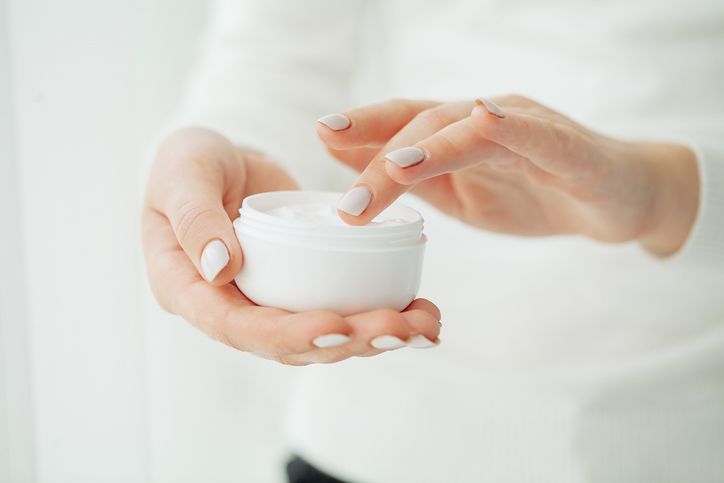
External Medication
Antibacterial or Antifungal Shampoos
Oral Antibiotics

免費體驗
F8 Hair Regrowth Treatment
1 Minute Self-Registration
Date should not be before minimal date
FAQ

What is scalp folliculitis?
Scalp folliculitis is an inflammation of the hair follicles on the scalp. It occurs when hair follicles become blocked or infected, often due to bacterial infections, fungal infections, or irritation. Symptoms include red pimples, pus filled pimples, and itching. Severe cases might involve deep folliculitis leading to more complications.
How can I prevent scalp folliculitis?
To prevent folliculitis, maintain good scalp hygiene, avoid greasy hair products, manage stress, eat a balanced diet, and regularly clean personal items like towels and bed linens to minimize bacterial growth. Avoid sharing personal items to reduce the risk of bacterial infection and fungal infections.
Is scalp folliculitis contagious?
Scalp folliculitis can be contagious if caused by infectious agents like bacteria or fungi. It’s important to avoid sharing personal items like combs and towels with others to prevent spreading the infection, particularly in cases of bacterial folliculitis or pityrosporum folliculitis.
Can scalp folliculitis cause hair loss?
Yes, severe scalp folliculitis can damage hair follicles, leading to permanent hair loss. Bacterial folliculitis can cause deeper skin diseases like cellulitis, while fungal folliculitis can result in permanent scarring and hair loss if untreated.
What are the symptoms of scalp folliculitis?
Symptoms of scalp folliculitis include red pimples, pus filled pimples, nodules, cysts, mild pain, and itching. These folliculitis symptoms can sometimes be mistaken for acne like breakouts but require different treatments.






